Empires of the Atlantic World: Britain and Spain in America 1492-1830 (74 page)
Read Empires of the Atlantic World: Britain and Spain in America 1492-1830 Online
Authors: John H. Elliott
Tags: #Amazon.com, #European History

BOOK: Empires of the Atlantic World: Britain and Spain in America 1492-1830
13.05Mb size Format: txt, pdf, ePub
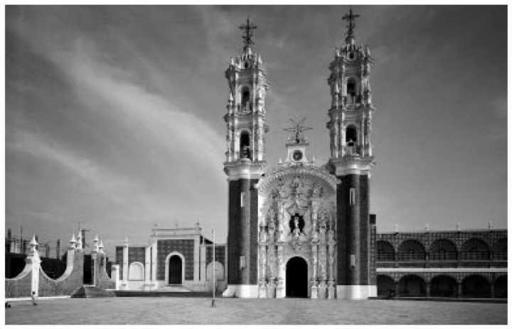
25 A culture of display. Exterior view of the church of Our Lady of Ocotlan, Tlaxcala, Mexico (c. 1760).

26 A culture of restraint. Interior of Christ Church, Philadelphia (1727-44).
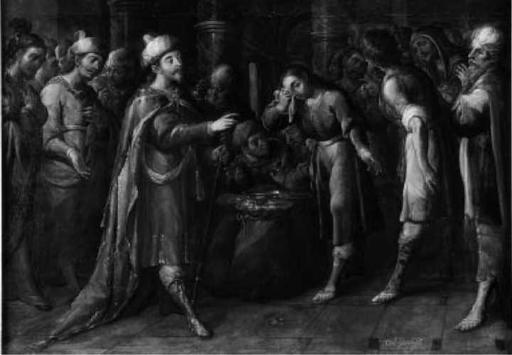
27 Cristobal de Villalpando, Joseph Claims Benjamin as his Slave (1700-14). One of a set of six canvases depicting scenes from the biblical story of the life of Joseph, and painted by the creole artist Cristobal de Villalpando (c. 1649-1714). Villalpando's work betrays the influence of the great Venetian masters and of Rubens, whose dynamic compositions would have been known to him primarily through engravings.

28 Potosi silver used for ornamental purposes. Silver gilt tray (1700-50), probably from Upper Peru, and characteristic of the rich and intricate work of Andean craftsmen.

29 Miguel Cabrera, Portrait of Sor Juana Ines de la Cruz (1750). The best of the many posthumous portraits of the unique American poetess, the tenth muse'. Sister Juana Ines de la Cruz (1648-95), born out of wedlock to a creole mother, grew up as an exceptionally precocious child, interested in all branches of learning, including mathematics. At the age of sixteen she was given a place in the viceregal court in Mexico City, where for five years she served as lady-inwaiting to the wife of the viceroy, the marquis of Mancera, before taking her vows in 1669 as a nun in the convent of San Jeronimo, where Carlos de Siguenza y Gongora and other leading Mexican writers and scholars would pay her visits. Her many poems and theatrical pieces made her the most famous poet of her age in the Hispanic world. Eventually silenced by clerical pressure, she sold off for charity the books that surround her in this portrait, and engaged in acts of penance and mortification which may have hastened her death in the Mexico City epidemic of 1695.
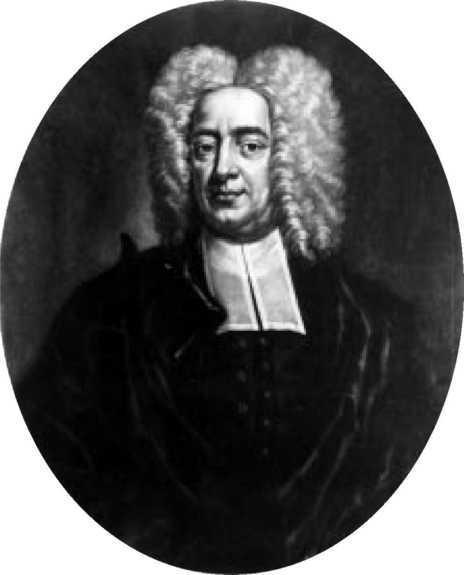
30 Peter Pelham, mezzotint Portrait of Cotton Mather (c. 1715). Cotton Mather (1663-1728), the son of Increase Mather, a Boston minister, and himself a minister in his turn, was the most important figure in the intellectual life of the New England of his age. A prolific author, he was faced with the challenge of reconciling the new science to the old theology, and the struggle took its toll.
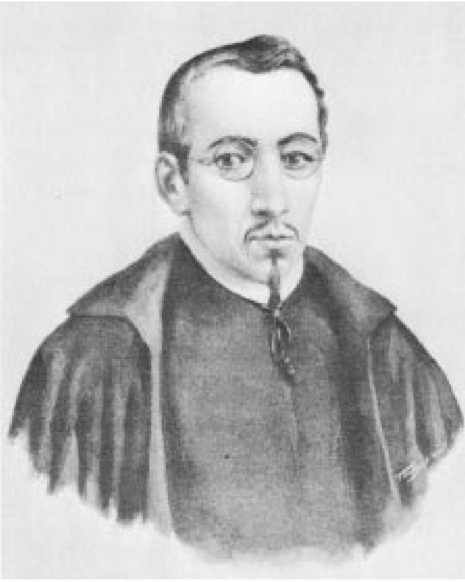
31 Portrait of Don Carlos de Siguenza y Gongora, from his Mercurio volante (1693). A poet, mathematician, historian and geographer, Siguenza y Gongora (1645-1700), appointed professor of Mathematics and Astrology in the University of Mexico in 1672, was a gifted scientist and astronomer, and a man of encyclopaedic learning who, like his New England contemporary, Cotton Mather, sought to find a way between the new experimental philosophy and the teachings of the church.
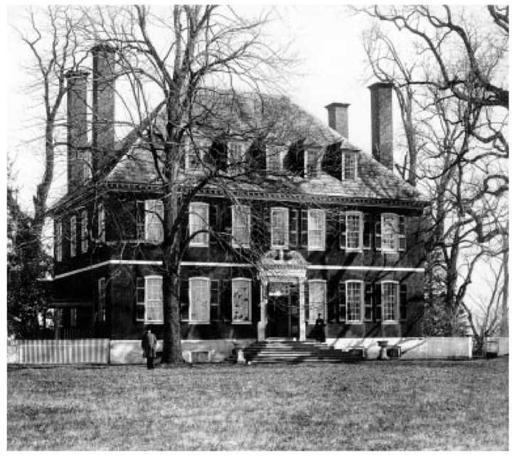
32 Westover House, Charles County, Virginia, (1732). The seat of the Byrd family of Virginia, Westover, was built by William Byrd II to replace his father's house overlooking the James River. A red-brick mansion, built in the classical style of the houses Byrd had seen in England where his father sent him for his education, it was one of the first of the new manor houses built by the eighteenth-century Virginia gentry - houses that, however handsome, could not compete in scale and grandeur with those of the English aristocracy on which the Virginian elite sought to model itself.
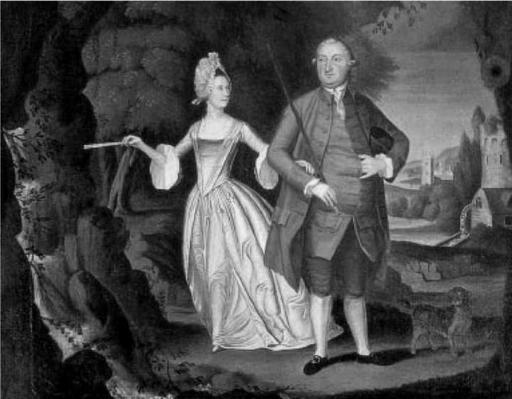
33 William Williams, Husband and Wife in a Landscape (1775). William Williams (1727-91) was an English painter who sought to make a living in America, where he painted somewhat naif conversation pieces for colonial families in imitation of those being made in England for the nobility and gentry. In Philadelphia he befriended the young Benjamin West, who in turn would move to England to become the first native-born British North American to acquire fame as an artist.
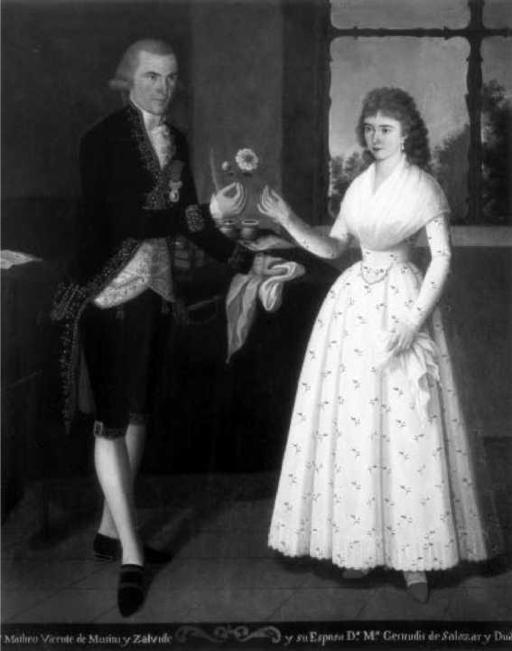
34 Jose Mariana Lara, Don Matheo Vicente de Musitu y Zavilde and his Wife (late eighteenth century). Rural tranquillity for the creole elite in late colonial New Spain. Don Vicente and his wife were the owners of a sugar mill near Cuautla.

Other books
The Diary Of Pamela D. by greg monks
Imperfect Love by Isabella White
ManOnFire by Frances Pauli
Darling Beast (Maiden Lane) by Elizabeth Hoyt
Goosebumps Most Wanted #5: Dr. Maniac Will See You Now by Stine, R.L.
Cherrybrook Rose by Tania Crosse
Katy Run Away by Maren Smith
The Silent Pool by Wentworth, Patricia
Death of an Innocent by Sally Spencer
The Witch-Herbalist of the Remote Town by Amos Tutuola
